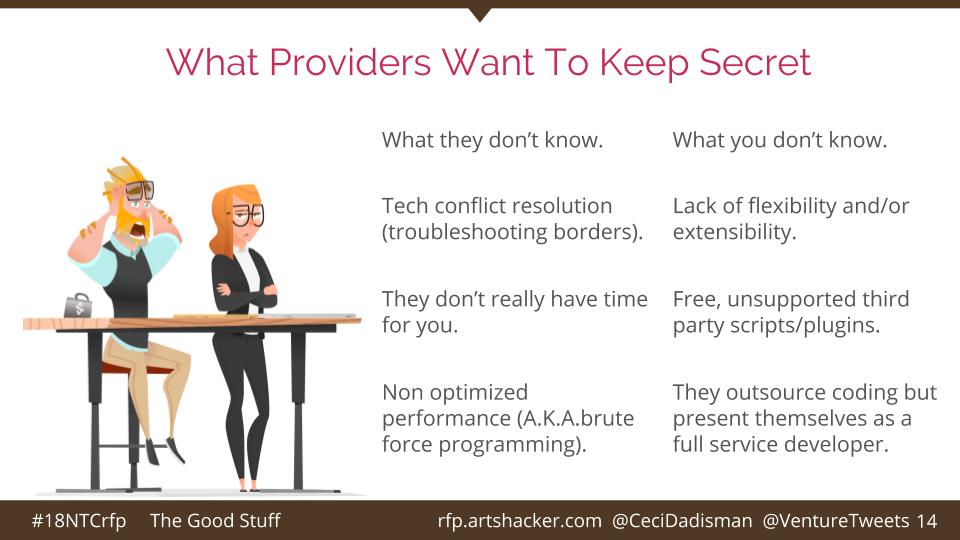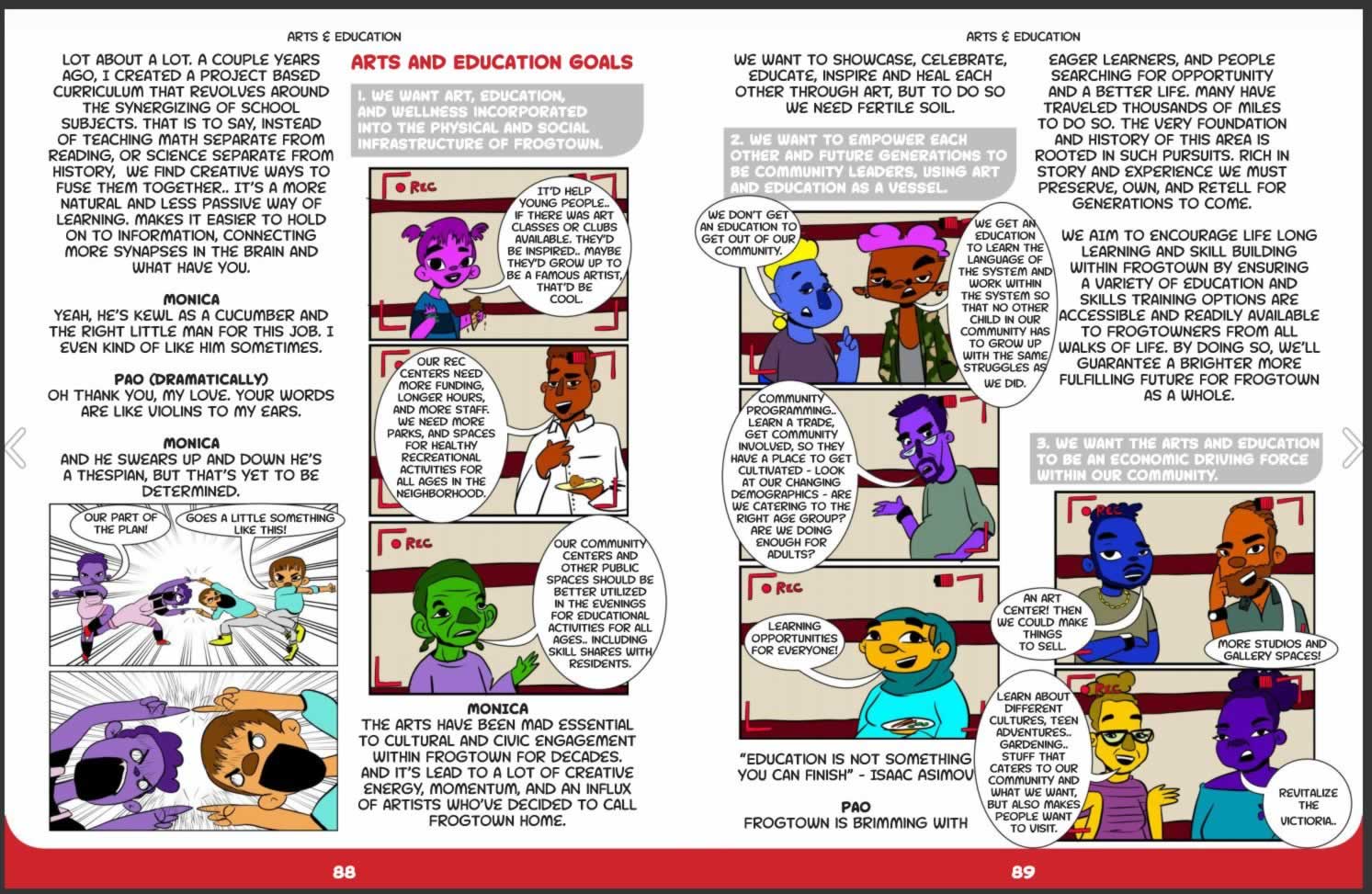Back in February I wrote about how the Akron Art Museum and Akron-Summit County Public Library were teaming up to lend art to local residents. At the time, the only other similar program I was aware of was at Oberlin College. At the time, someone wrote and said their local libraries had been doing that for a long time as well.
Sure enough, a piece appeared on Hyperallergic about 10 days ago listing or linking to visual art lending programs at the Museum of Contemporary Art Denver, Braddock Carnegie Library, Minneapolis Art Lending Library , Massachusetts Institute of Technology, Williams College, Kenyon College, University of Minnesota, Harvard, University of Chicago, University of California, Berkley.
I am sure there are quite a few more.
Many of those listed have been lending art for decades. The University of Minnesota appears to be the oldest having started in 1934.
The Museum of Contemporary Art Denver initiated their program, which started with commissioning 25 pieces by 20 artists, with the intent of showing Denver residents the importance of artists by allowing them to take the works home.
Some of the older programs have started to investigate the impact and motivation for borrowing the art.
MIT’s Student Loan Art Collection has existed since 1969, and in a recent lending session, 975 people entered a lottery for 600 artworks. Demand also exceeded supply when the University of Chicago revived its lending library after a 30-year hiatus.
[…]
This year, both MIT and the University of Chicago created surveys that aimed to determine whether students who borrowed art also became patrons of cultural events and spaces. (The results aren’t in yet.) Of the MCA in Denver, Lerner said that some borrowers may have a previous interest in particular artists, but he expects others to start “following” the artists whose work they borrow. At the MCA’s library launch event, 21 out of 28 borrowers told me that they didn’t know any of the participating artists. Several lottery entrants said they were participating because they wanted to hang original art in their home for free.
When the University of Chicago set about reviving their program, they assembled “a student-staffed Collections and Acquisition committee” to help make the collection more inclusive and diverse.
I am going to try to keep my eyes open for any news about the results of MIT and University of Chicago’s study. The fact that demand exceeds supply at nearly every one of these programs and the institutions need to run lotteries indicates there is definitely an interest.
Whether this interest overcomes a perceptual/time/physical barriers to visiting a museum/gallery will be of interest to me. People may fully embrace the opportunity to enjoy an art work in their home, but still consider museums a place other people go.








There is another way. The Gewandhaus Leipzig in Germany (concert venue) offers flex- tickets for a small premium. Not an…